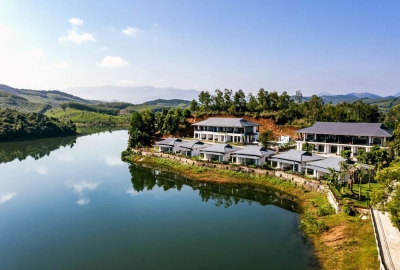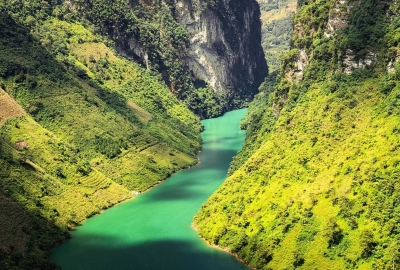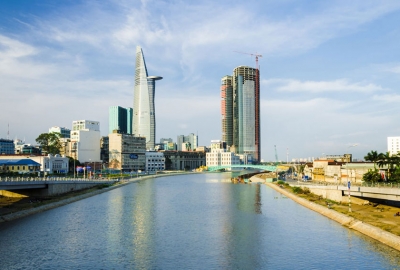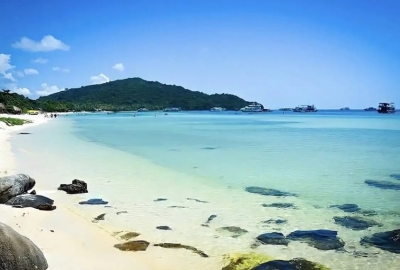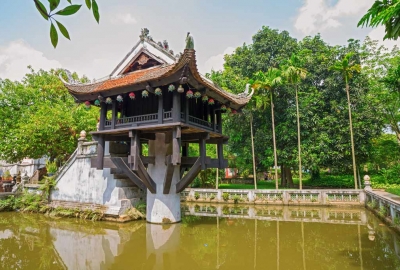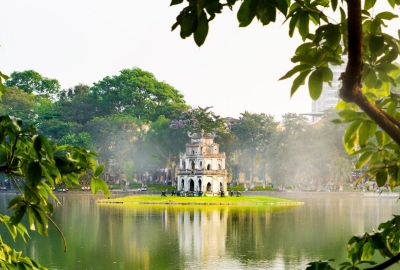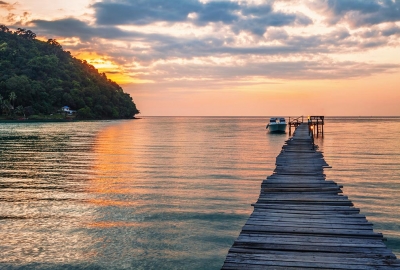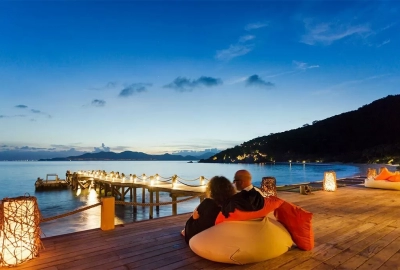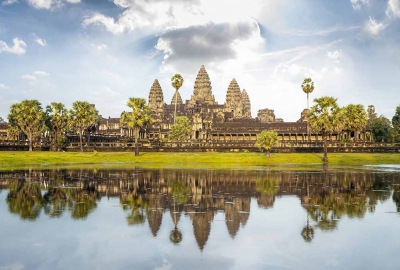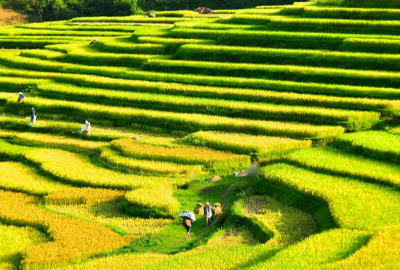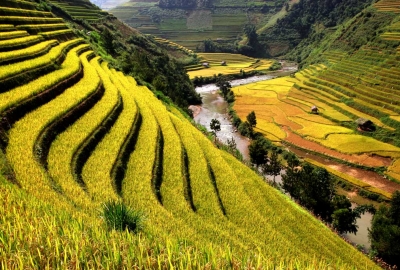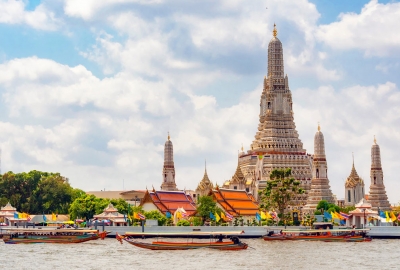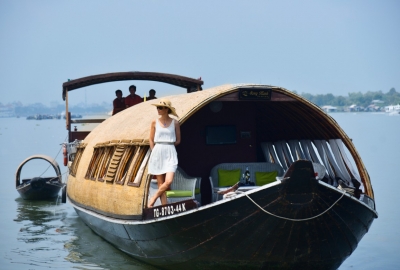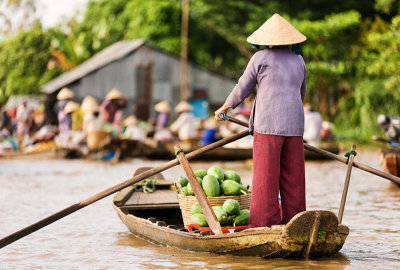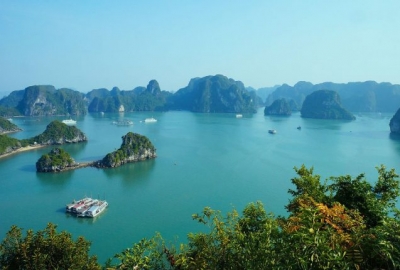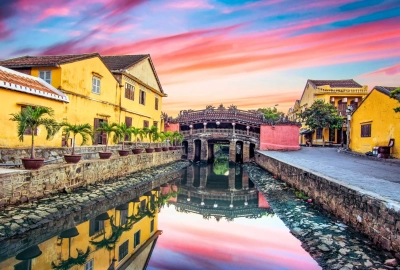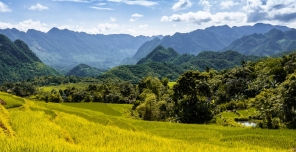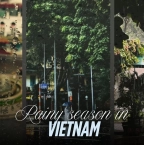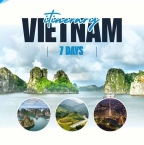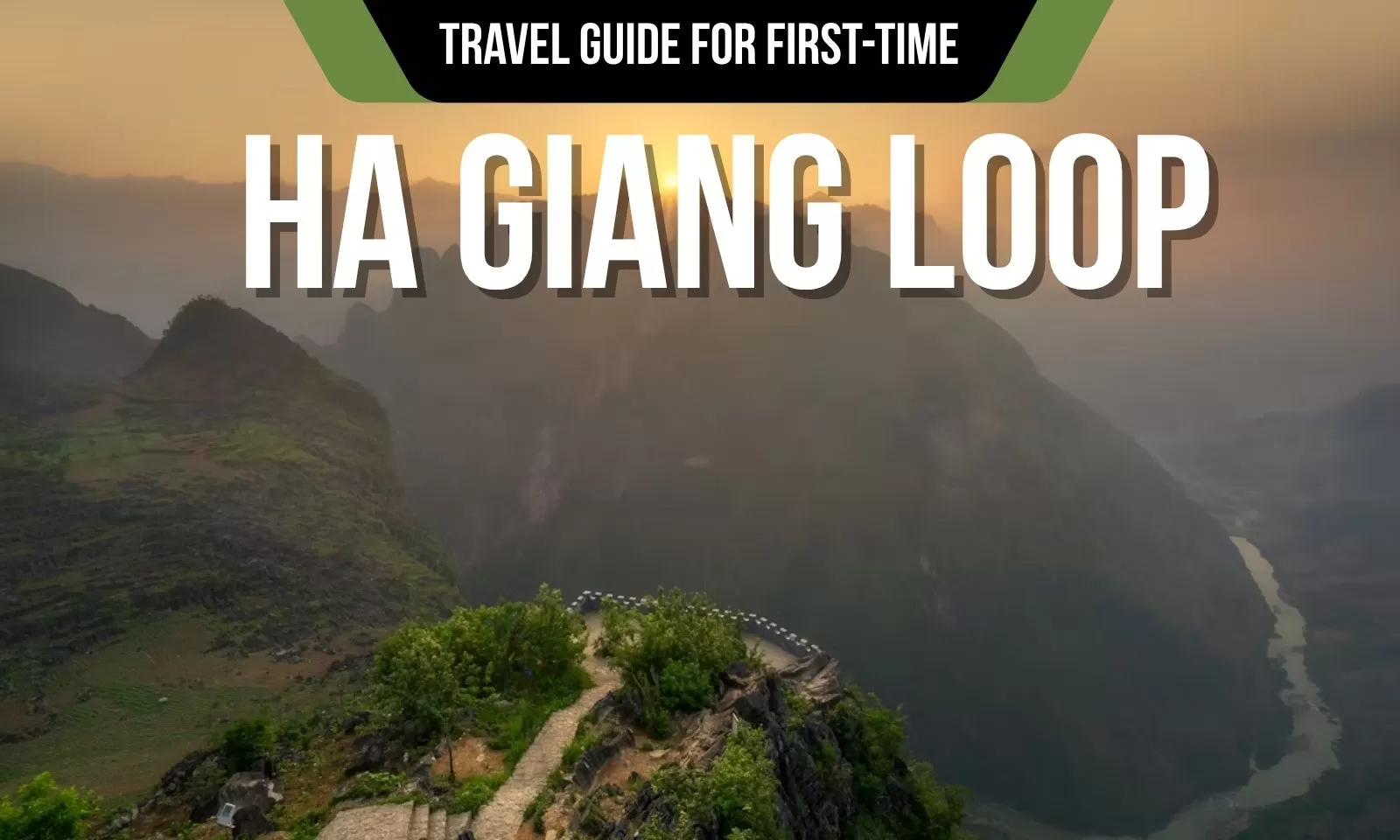
Ha Giang Loop: Ultimate travel guide for first-time visitors
Located in Vietnam’s northern region, the Ha Giang Loop winds through jagged limestone peaks, deep valleys and remote ethnic villages. This Ha Giang Loop travel guide is your go-to resource for planning a smooth and unforgettable first-time journey through one of Vietnam’s most iconic routes.

Ha Giang is a land of wonderful natural beauty and rich cultural diversity. At the heart of this spectacular area lies the Ha Giang Loop, one of the most awe-inspiring motorbike routes in Vietnam, taking travelers through a rugged land of limestone mountains, deep valleys, and colorful ethnic cultures. For first-time visitors, navigating the loop can be challenging without proper guidance, which is why this Ha Giang Loop travel guide offers practical tips on the best time to visit, how to get around, must-see attractions, and cultural insights to help you make the most of your journey.
For a seamless and authentic experience, let Hanoi Voyages plan your adventure, offering expert-guided tours and personalized itineraries that reveal the true spirit of Ha Giang.
Table of Contents
Choose the ideal time to explore Ha Giang Loop
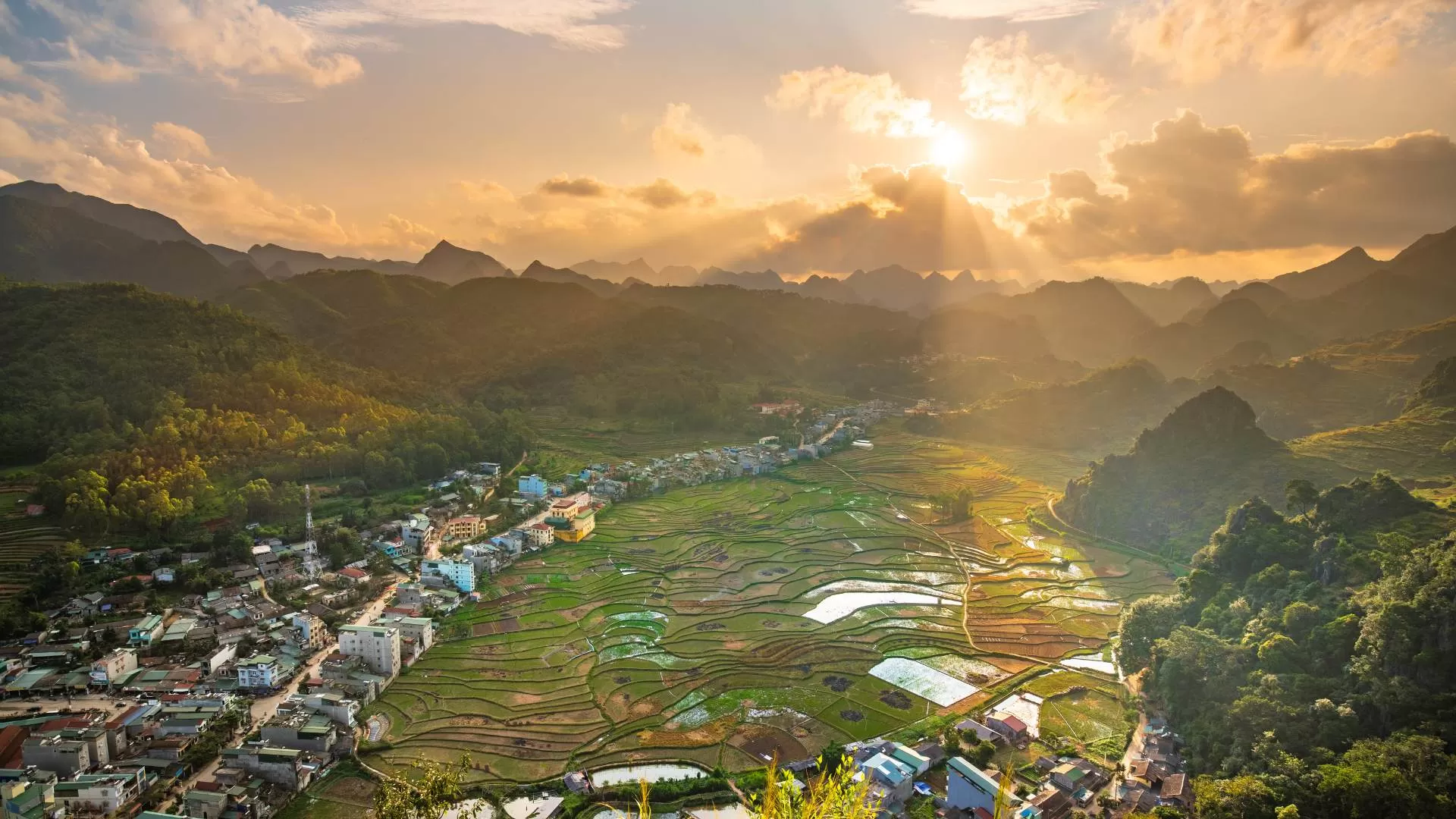
Before you pack your bags and hit the road, timing is everything. Knowing when to go can make or break your journey. In this Ha Giang Loop travel guide, we’ll walk you through the best time to visit, with detailed insights on weather, road conditions, and seasonal highlights.
Spring (March – May)
Spring is one of the best times to explore the Ha Giang Loop. After the winter chill, the region comes to life with blooming flowers and pleasant temperatures ranging from 15°C to 25°C. Roads are dry and safe for motorbiking, and the skies are often clear—ideal for photography and scenic views.
Summer (June – August)
Summer brings vibrant greenery and dramatic rice terraces at their peak growth. However, it’s also the rainy season, with average temperatures ranging from 24°C to 30°C. Sudden downpours can make roads slippery, especially mountain passes like Ma Pi Leng. That said, if you’re an experienced motorbike rider and want to see Ha Giang at its lushest, summer might still be a rewarding time.
Autumn (September – November)
Ask any seasoned traveler or local, and they’ll likely tell you that autumn is the best time to travel the Ha Giang Loop. From late September to early November, the rice terraces turn golden just before harvest, creating jaw-dropping scenery. Temperatures during this period range from 18°C to 26°C, and the weather is generally dry and cool. It’s the perfect time for trekking, motorbiking, and cultural immersion.
Winter (December – February)
Winter in Ha Giang is cold and foggy, with temperatures dropping to as low as 5°C, especially in the mountains. However, if you enjoy misty landscapes, quiet villages, and fewer tourists, this could be a peaceful time to explore.
How to get to and travel around Ha Giang Loop
Learning how to get to Ha Giang Loop and how to get around once you arrive is essential. We’ll show you the most efficient ways to reach Ha Giang and explore the loop safely and smoothly in this Ha Giang Loop travel guide.
Getting to Ha Giang from Hanoi
The journey usually begins with a Ha Giang tour from Hanoi. Ha Giang is about 300 kilometers north of the capital, and while it might not sound far, the trip can take 6–8 hours depending on your mode of transport.
Sleeper bus
Sleeper buses from Hanoi depart in the evening and arrive in Ha Giang early the next morning — perfect for maximizing your travel time.
Duration: 6–8 hours
Cost: Around $20–25
👉 Tip: Book a round-trip ticket during peak season to secure your seat.
Private car or Limousine
If you prefer more comfort, a limousine van or private car is a great option. These offer more legroom and quicker travel times.
Duration: 5.5–7 hours
Cost: $20–30 per person for a shared van, higher for private cars
👉 Ideal for: Families or groups wanting a smooth, direct ride
Getting around the Ha Giang Loop
Once you arrive in Ha Giang City, it’s time to begin your journey on the Ha Giang Loop Vietnam - a 350-kilometer circuit that takes 3 to 5 days to complete, depending on your pace.
Motorbike
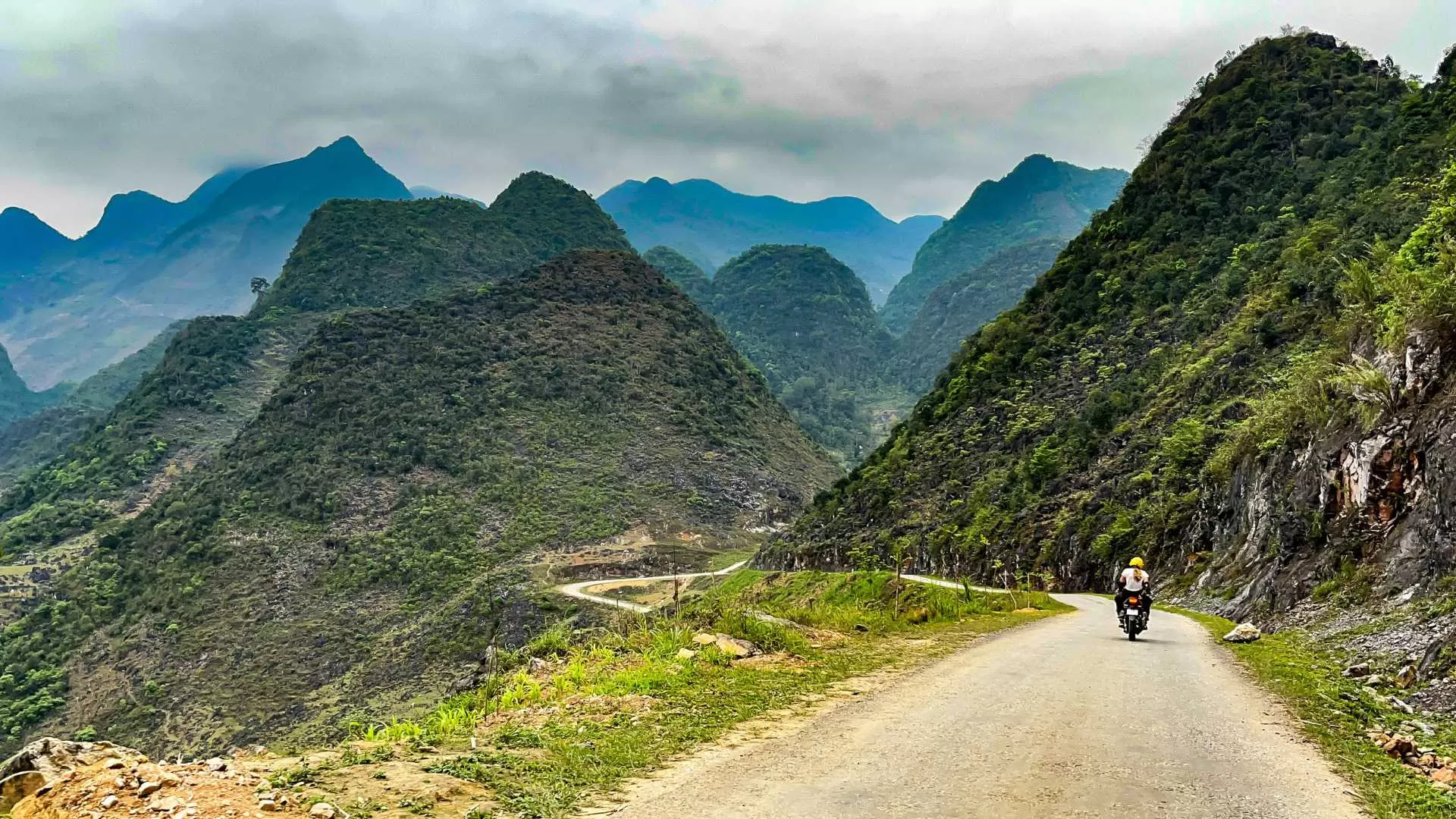
This is the most popular and flexible way to explore the loop. You can rent a semi-automatic or manual bike in Ha Giang City for around $10–15/day. Some shops also offer motorbikes with easy rider guides if you’re not confident riding solo.
Private car
Private car tours are available but less common due to the narrow and winding roads. However, they can be suitable for those traveling with kids or seniors.
Top must-visit destinations on a Ha Giang Loop
Embarking on a Ha Giang Loop tour is one of the most unforgettable experiences in Vietnam. Whether you're planning your first trip or revisiting the region, this Ha Giang Loop travel guide will take you through the most iconic and wonderful stops you simply can’t miss.
Ma Pi Leng Pass

Often called the "King of Vietnam’s passes," Ma Pi Leng is the most breathtaking stretch of the entire loop. The road snakes along towering cliffs above the emerald Nho Que River, offering surreal views of sharp limestone ridges and deep valleys. For the adventurous, the Ma Pi Leng Sky Path — a narrow hiking trail along the cliff edge — gives you jaw-dropping views and photo opportunities.
Nho Que River

Tucked beneath the towering cliffs of Ma Pi Leng Pass, the emerald-green Nho Que River flows peacefully through Tu San Canyon — the deepest canyon in Southeast Asia, with vertical cliffs rising up to 800 meters. This section offers one of the most unique and tranquil experiences on your Ha Giang Loop tour, especially when viewed from the water.
One of the best ways to explore the Nho Que River on the Ha Giang Loop is by taking a boat ride or kayaking tour through Tu San Canyon. The towering limestone cliffs, rising over 700 meters, create an almost surreal atmosphere.
Boat tickets cost: 120,000 – 150,000 VND (~$4,75 - $5,94) per person.
Kayaking cost: 100,000 – 150,000 VND (~$3,96 - $5,94) per person for 30 minute - 1 hour tour.
Quan Ba Heaven Gate & Twin Mountains

Located about 50 km north of Ha Giang City, Quan Ba is the gateway to the Dong Van Karst Plateau. The Heaven Gate offers panoramic views of cloud-covered mountains and winding roads — a stunning welcome to the loop.
Just below lies the famous Fairy Bosom Hills, twin round limestone formations with a legend of love and motherhood. It’s a favorite photo stop and a perfect spot to breathe in the cool, fresh air.
Lung Cu Flag Tower
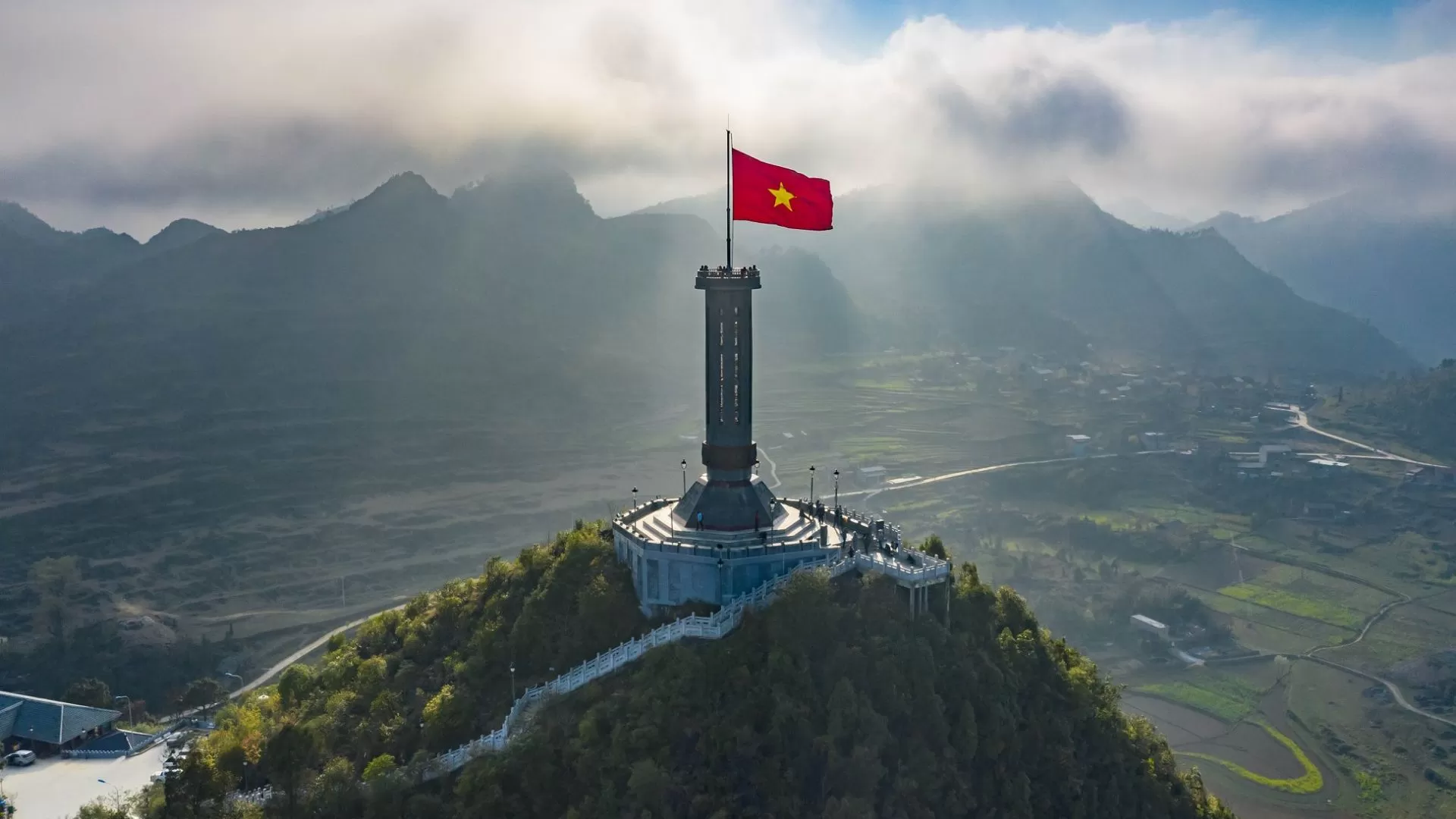
The Lung Cu Flag Tower, perched on Dragon Mountain, marks the northern tip of Vietnam. After climbing 839 stone steps, visitors are rewarded with sweeping views of the China-Vietnam borderlands. Right below is Lo Lo Chai Village, home to the Lo Lo ethnic group, where you can see traditional black-clay houses and join local cultural activities.
Tham Ma Pass
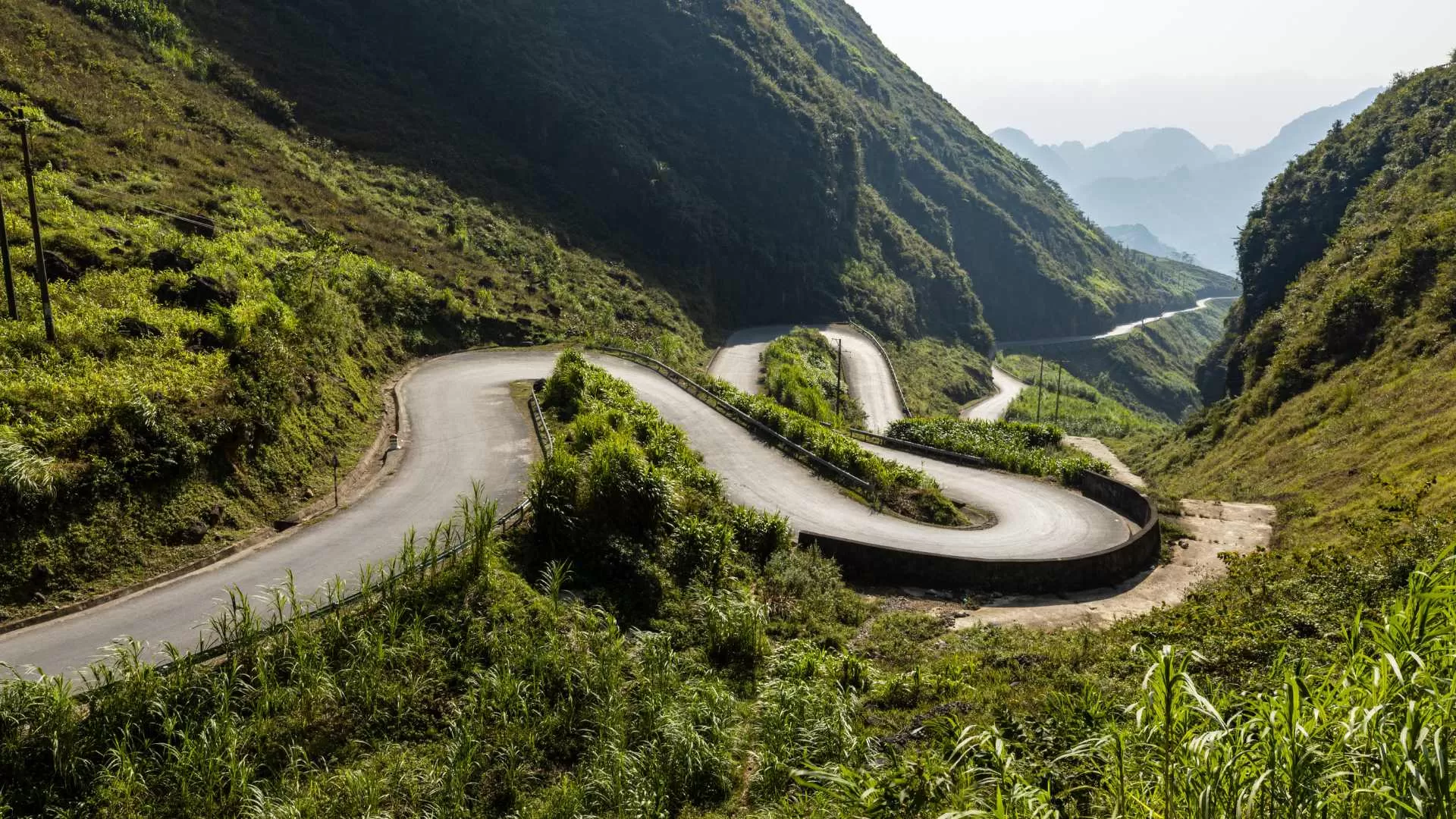
Tham Ma Pass is one of the most iconic and winding mountain passes along the Ha Giang Loop tour. Known for its dramatic zigzag curves and steep inclines, the pass offers stunning views of limestone peaks, deep valleys, and terraced fields. Historically, it was used to test the strength of horses — only the healthiest could make it to the top, which is why it’s called "Thẩm Mã" (horse testing). Today, it’s a favorite stop for travelers to take photos and feel the thrill of navigating sharp bends. No Ha Giang Loop travel guide is complete without a ride through Tham Ma Pass — both a visual and driving highlight of the journey.
Dong Van Karst Plateau

The Dong Van Karst Plateau, a UNESCO Global Geopark and a highlight of any Ha Giang Loop tour, spans across four districts of Ha Giang Province: Quan Ba, Yen Minh, Dong Van, and Meo Vac. This rugged region is famed for its dramatic limestone mountains, deep canyons, and fossil-rich rock formations over 400 million years old. As featured in every Ha Giang Loop travel guide, the plateau offers both breathtaking scenery and deep cultural immersion — a must-see on your northern Vietnam adventure.
Meo Vac
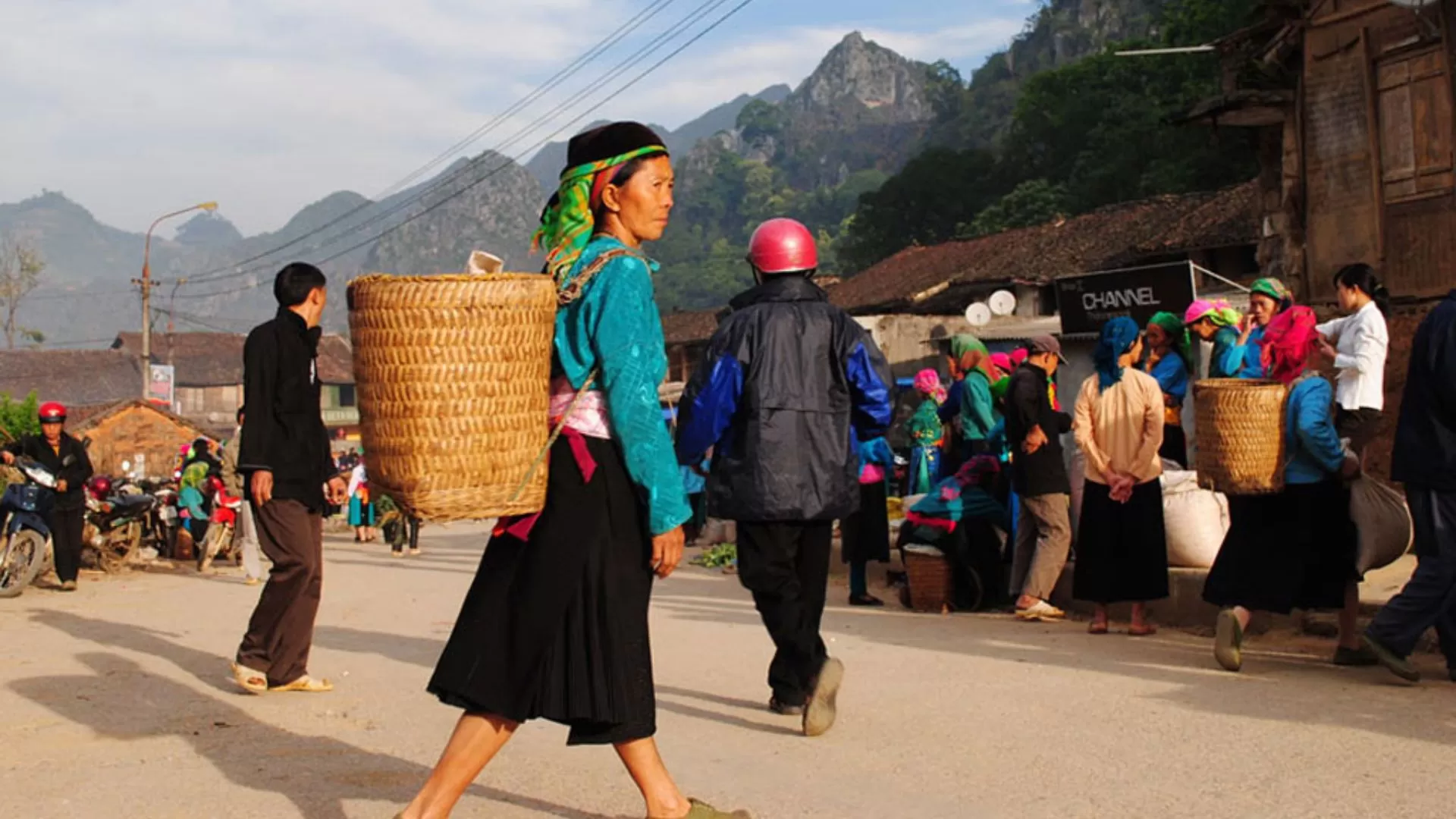
Meo Vac, a remote mountain town nestled deep within the Dong Van Karst Plateau, is a key stop on any Ha Giang Loop tour. Surrounded by steep limestone cliffs and scenic valleys, Meo Vac offers a raw and authentic atmosphere that reflects the daily life of northern Vietnam’s ethnic minorities.
The town is best known for its vibrant Sunday market, where Hmong, Dao, Tay, and other groups gather in colorful traditional dress to trade livestock, textiles, and local produce. For many travelers, Meo Vac provides a memorable cultural snapshot and a much-needed rest stop after navigating the rugged mountain roads of the Ha Giang Loop travel guide.
You can explore more through our blog: Top 7 must-visit tourist attractions in Ha Giang
Suggested 3-day itinerary to Ha Giang Loop for first-time visitors
Explore the stunning landscapes and vibrant ethnic cultures of Ha Giang Loop Vietnam with this short but scenic 3-day route — perfect for travelers with limited time who still want the full northern Vietnam experience.
Day 1: Hanoi – Ha Giang

Set out at 8:30 AM on a scenic drive north toward Ha Giang Vietnam, passing through peaceful countryside and rolling hills.
In the outskirts of Ha Giang town, discover a Tay ethnic village with unique thatched-roof houses resembling turtle shells.
By late afternoon, arrive in Thon Tha, a traditional Tay village surrounded by rice fields and wooden stilt houses. Enjoy the tranquility of rural life and experience warm hospitality during a homestay with a local family.
Day 2: Ha Giang – Quan Ba – Yen Minh – Dong Van
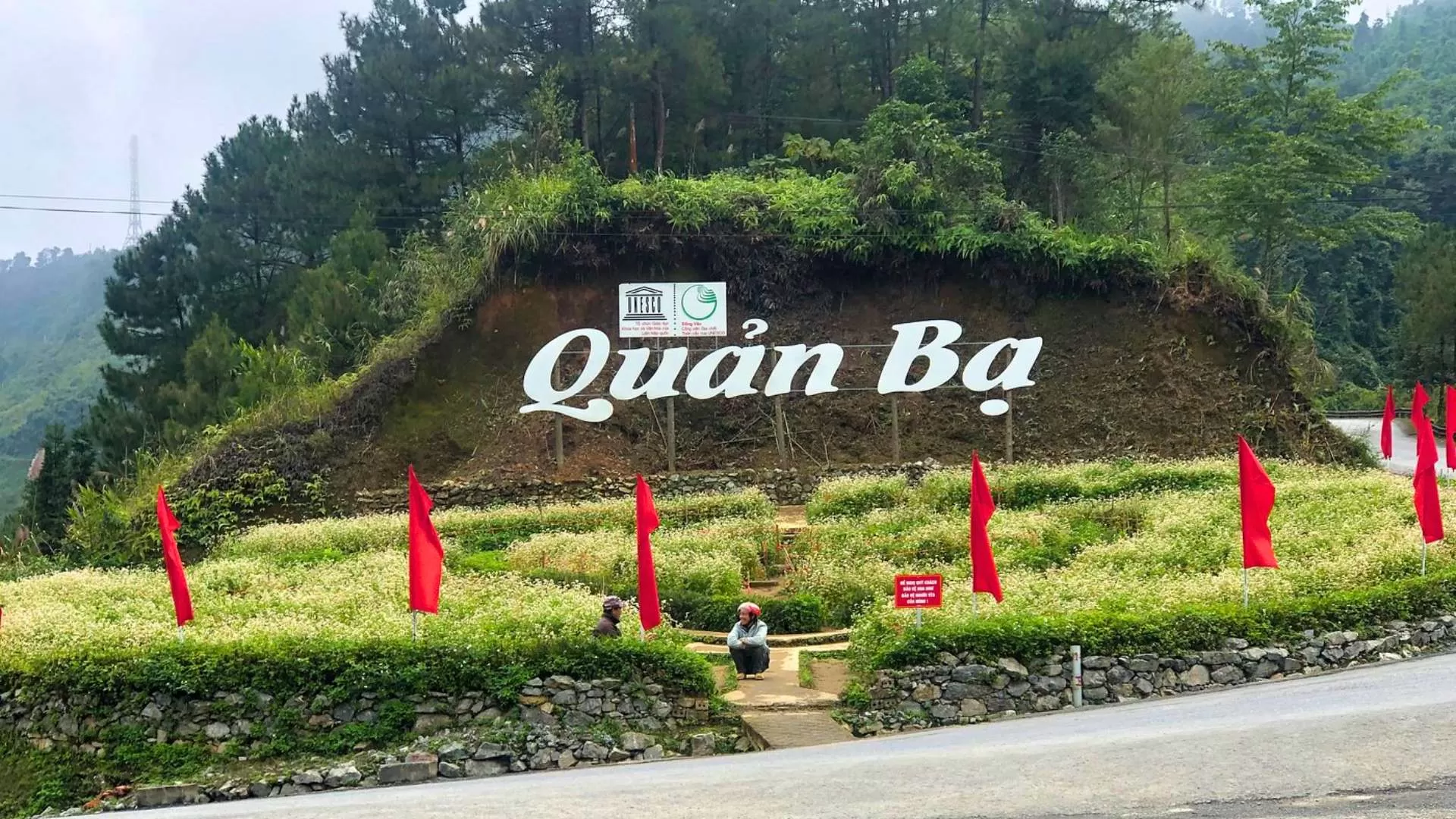
This is when the Ha Giang Loop Vietnam truly begins. Depart early for Dong Van, winding through dramatic mountain roads and lush valleys.
Stop at Quan Ba Heaven’s Gate to admire panoramic views of the karst mountains and the iconic Twin Mountains. Visit a Hmong weaving village, where women pass down centuries-old textile techniques.
After lunch, explore the Royal Palace of the Hmong King, an architectural gem from the French colonial era.
End your day at the Lung Cu Flag Tower, the northernmost point of Vietnam, offering expansive views across the border.
Day 3: Dong Van – Ma Pi Leng Pass – Meo Vac – Ha Giang
Begin your day with a drive along the legendary Ma Pi Leng Pass, one of the most stunning mountain roads in Asia. At over 2,000 meters above sea level, this pass offers spectacular views of the Nho Que River winding through deep gorges.
Take a short walk along the Skywalk trail, then visit Meo Vac, a quiet valley town where ethnic traditions remain strong.
On your return, stop at Dao Thanh Phan Village and later at Bo Y Village, home to one of Vietnam’s smallest ethnic groups.
For more details about this itinerary, you can read: The keys to Ha Giang – The Great Northern Vietnam
Beyond these experiences, Ha Giang Loop has even more to offer. To make the most of your adventure, let Hanoi Voyages craft a seamless and unforgettable journey for you. With our carefully curated tours, you can explore the best of Ha Giang and its surroundings.
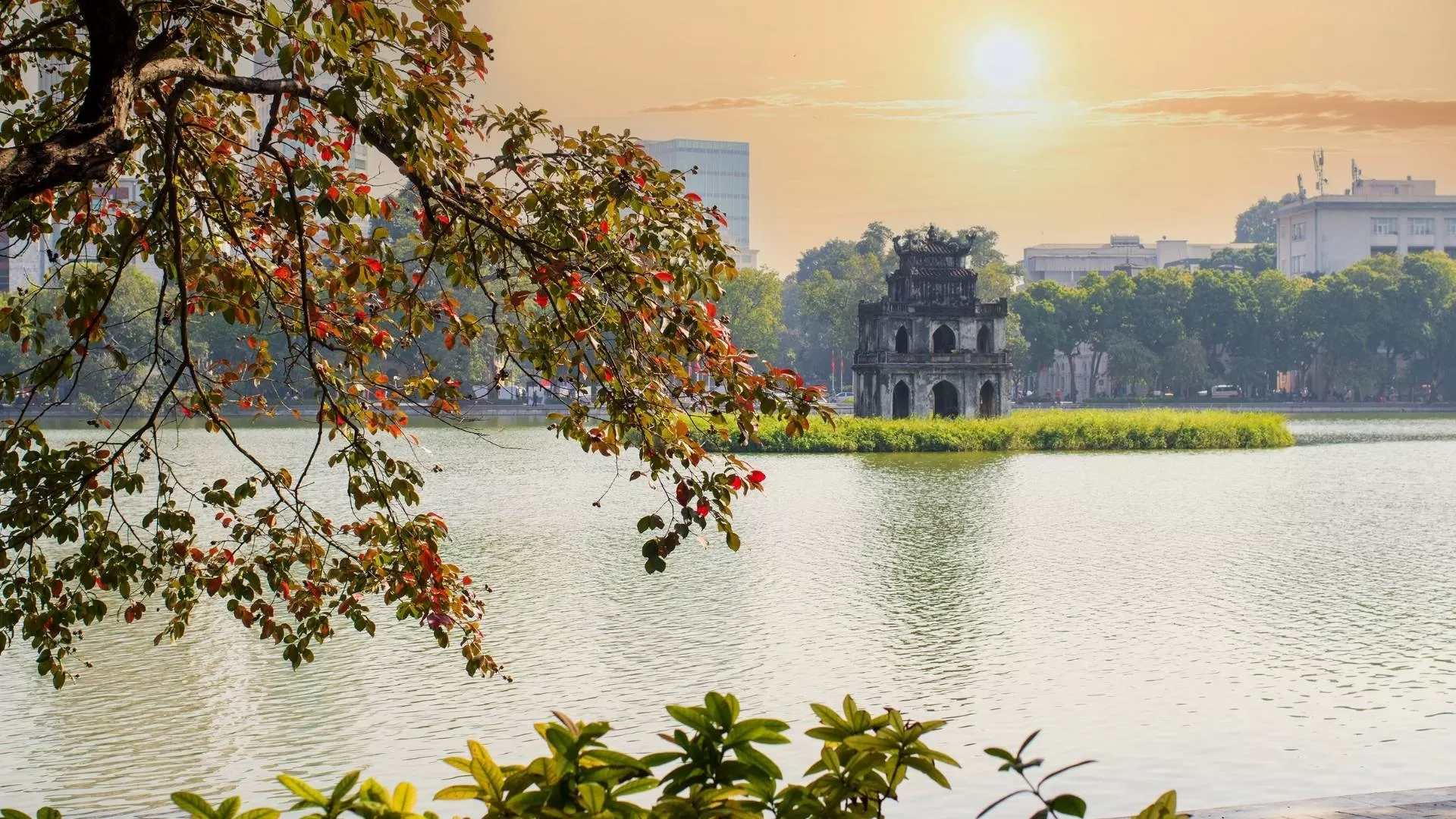 | 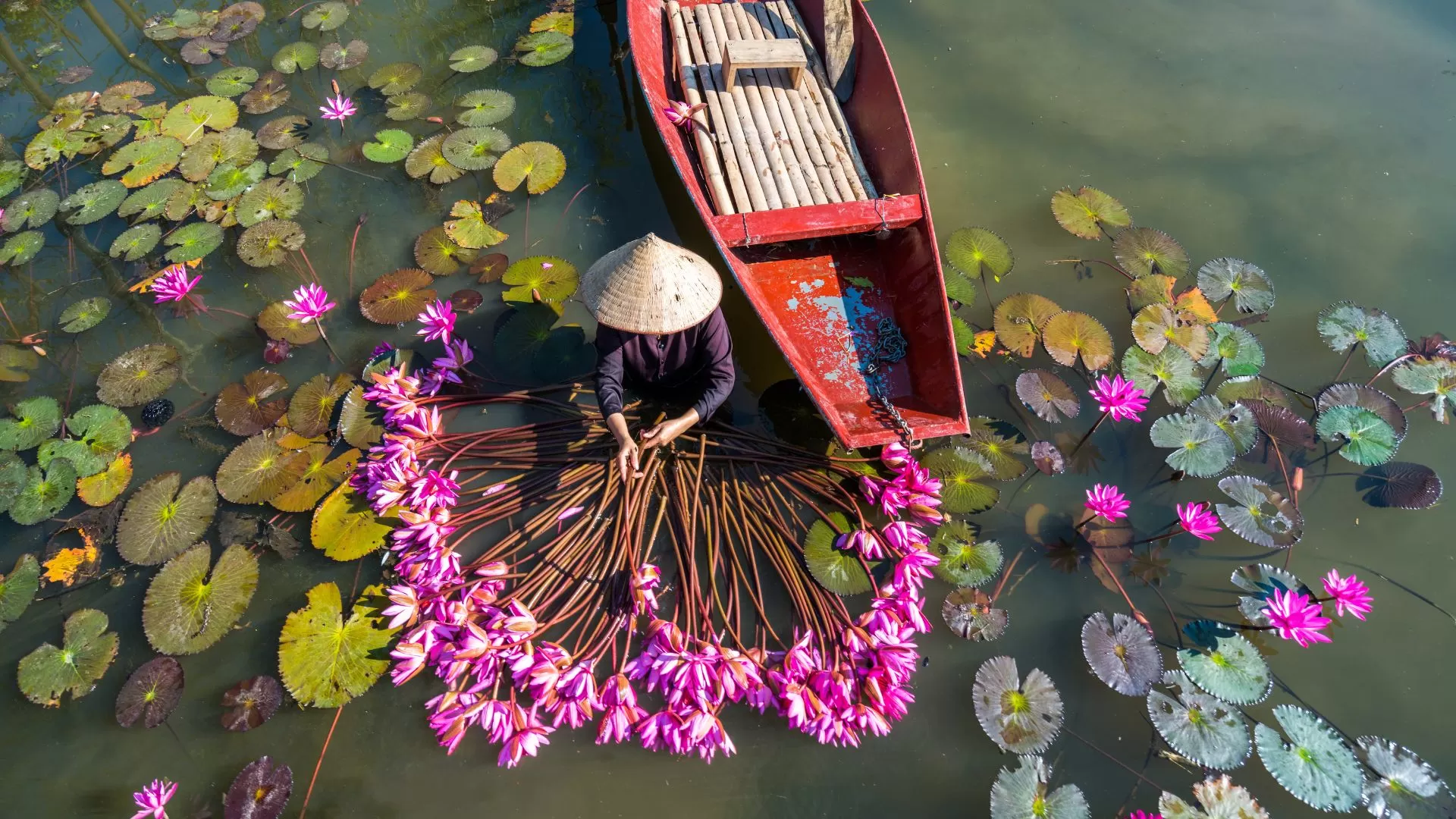 | 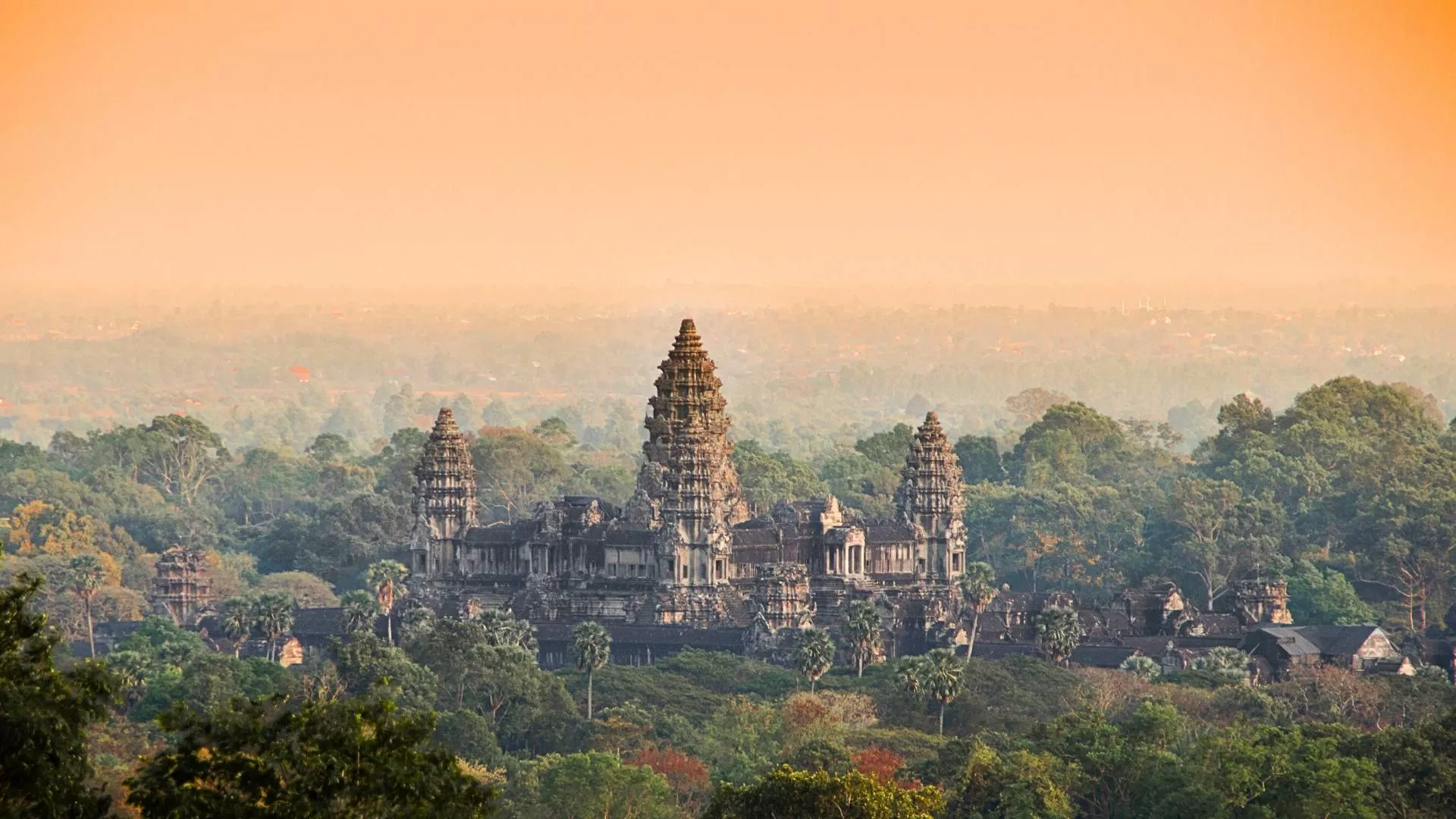 |
Explore majestic mountains, rice terraces, and ethnic cultures in an unforgettable journey. | A journey blending majestic landscapes, rich ethnic cultures, authentic village life, and peaceful moments on in the beach. | A journey through ancient temples, vibrant cities, scenic landscapes, and rich cultural heritage. |
Travel tips for first-time visitors to Ha Giang Loop
Exploring the majestic landscapes of Ha Giang Vietnam can be one of the most memorable adventures in Southeast Asia — but for first-time travelers, preparation is key. This Ha Giang Loop travel guide shares essential tips to help you travel safely, comfortably, and meaningfully through this remote northern region.
Download Google Maps and Google Translate
Phone signal can be weak in the mountains, so download offline maps on Google Maps before starting the loop. Also, install Google Translate to communicate with locals — many don’t speak English, but are friendly and helpful.
Carry enough cash
ATMs are rare outside Ha Giang City. Most homestays, eateries, and markets only accept cash, so be sure to bring enough Vietnamese Dong (VND) to last the entire loop. Small denominations are useful for local purchases.
Book accommodation ahead
While the region offers many charming homestays and small hotels can fill up quickly during weekends or holidays. Booking ahead ensures you have a comfortable place to stay and reduces stress during your journey. If possible, choose ethnic homestays for an authentic cultural experience and home-cooked meals.
Pack light but smart

Bring layered clothing to adjust to mountain weather — warm in the day, chilly at night.
Always carry a windproof or waterproof jacket in case of sudden rain.
Wear non-slip walking shoes or sturdy sneakers for safety on steep or uneven terrain.
Don’t forget a hat, sunglasses, and sunscreen — UV rays can be strong even when it’s cloudy.
Pack a basic medical kit including band-aids and motion sickness pills for winding roads.
Use a compact backpack instead of a suitcase — easier to manage on motorbikes and in small homestays.
Respect ethnic cultures and village etiquette
With over 17 ethnic groups living in the area, Ha Giang Vietnam is a mosaic of cultural traditions. Be mindful of local customs — dress modestly, avoid public displays of affection, and ask for permission before taking photos of people or homes. Markets and villages are rich with tradition, and showing respect will lead to more meaningful and welcoming interactions.
Exploring the Ha Giang Loop is more than just a road trip — it’s a deep dive into the heart of northern Vietnam, where breathtaking landscapes and rich ethnic cultures come together in every twist and turn. With the right preparation and mindset, your first journey to this remote region can be both thrilling and rewarding. Let this Ha Giang Loop travel guide be your trusted companion as you take on one of Vietnam’s most unforgettable adventures.
For a smooth, well-planned experience, let Hanoi Voyages help craft your personalized Ha Giang tour with expert guides, curated routes, and local insights you won’t find anywhere else.
To discover more about Ha Giang Loop through these related blogs:
>>> Ha Giang Loop: Top 5 must-do experiences for travelers
Dream about your trip to Asia, in private
We are here to make it happen with youFREE QUOTE, WITHOUT OBLIGATION







